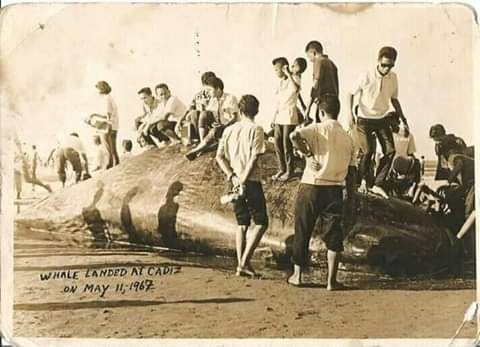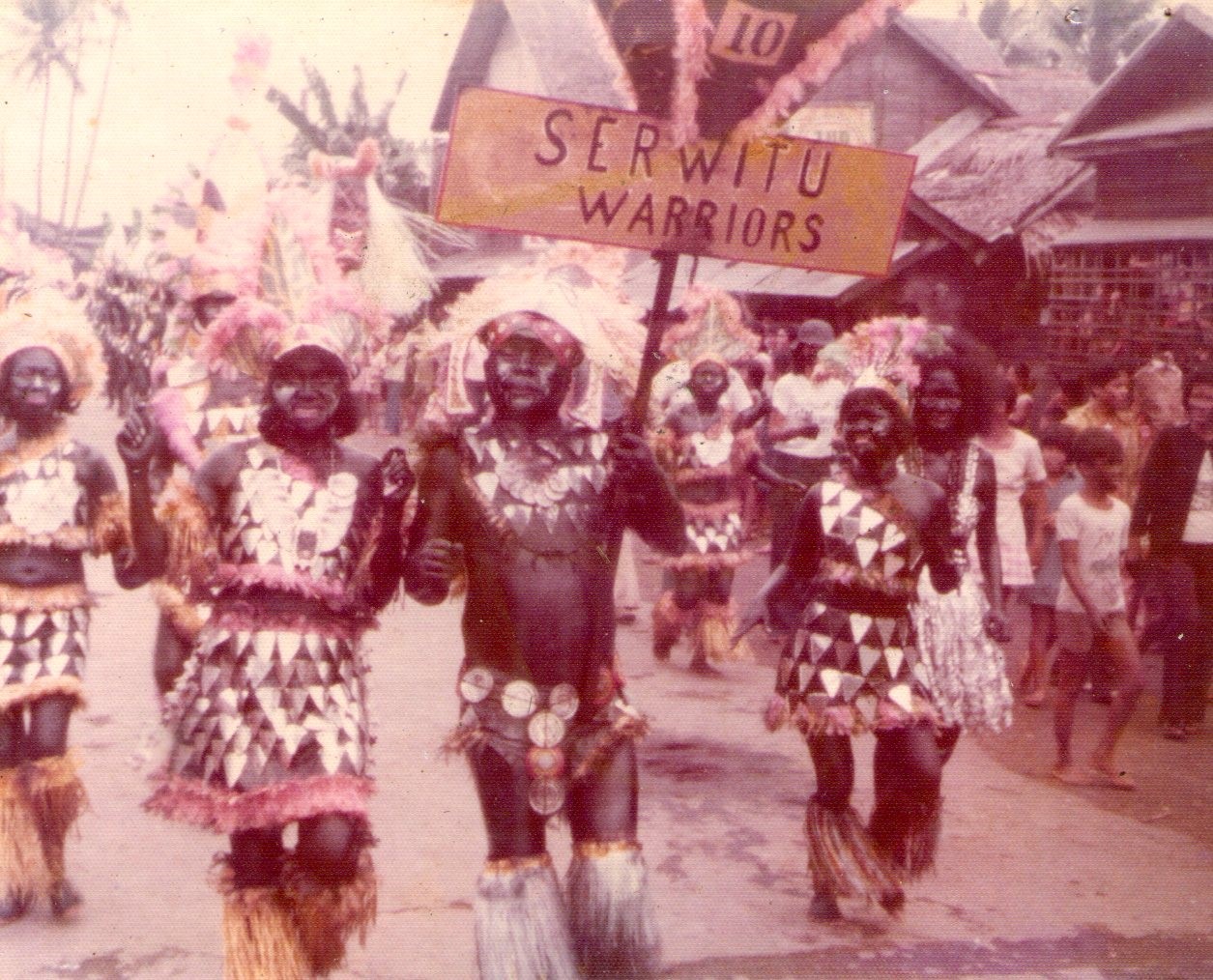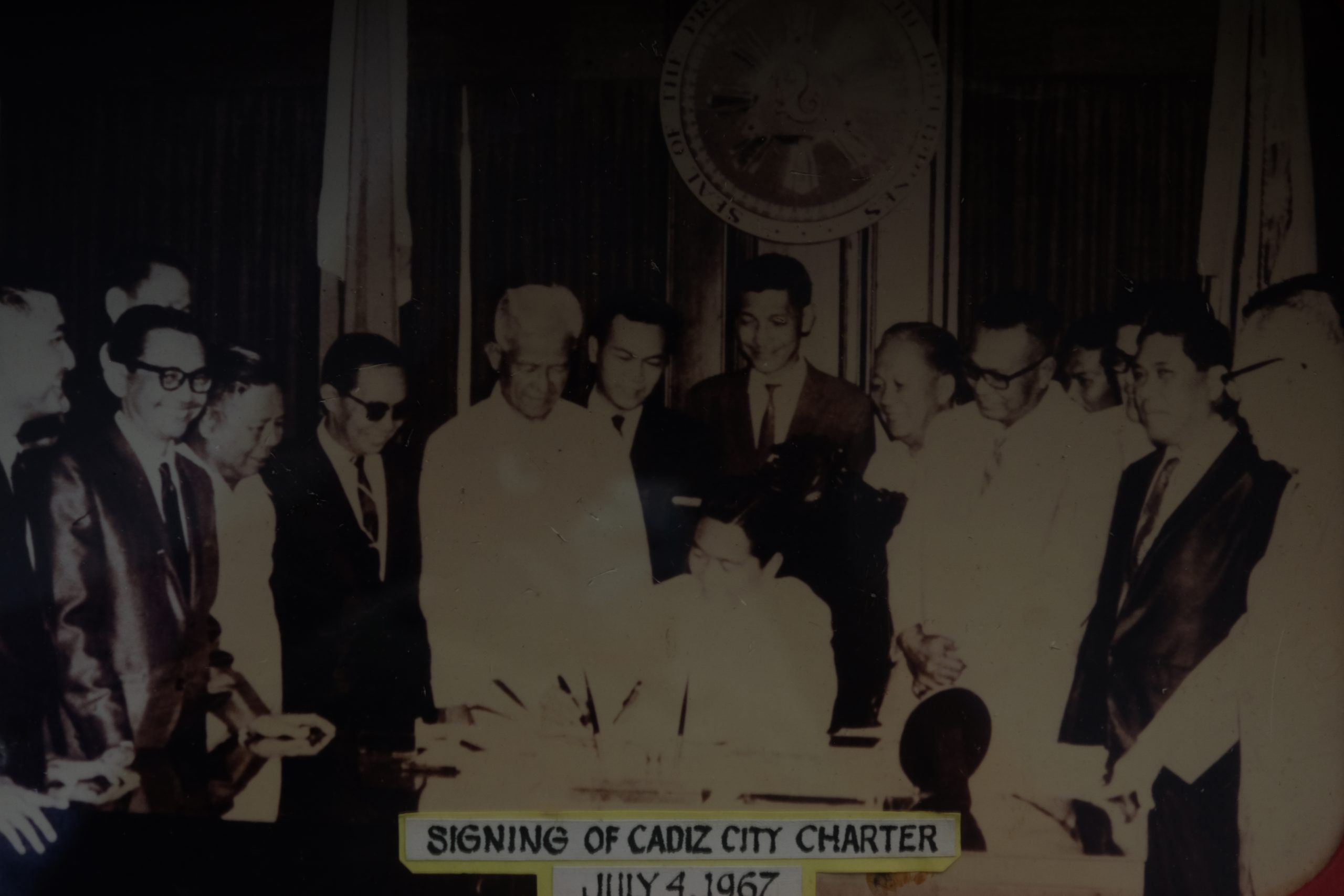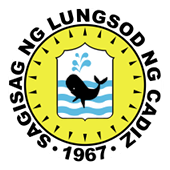The history of Cadiz can be traced from the establishment of a traditional settlement by Spaniards, in a place known as Cadiz Viejo, near the banks of Hitalon River. According to historical records, it was in 1861 when Spaniards in search of spices and treasures came and saw that the place was suited for trade and commerce, and eventually, they named the settlement as Cadiz because of its northern location and shape reminding them of the seaport by the same name in Seville, Spain.
- Heracleo Villacincommonly known as “Tyoy Racling” was elected in 1955 to 1975. He was the last mayor of Cadiz as a municipality and the first mayor when Cadiz became a City in 1967.
- Pedro Ramos Sr.better known as “Tyoy Pedro or Lolo Pedro.” He was remembered by many as “mayor nga bukay buhok”. He used to take a walk on his slippers as he visited places in the city from his residence in Brgy. Banquerohan. He was popular and well-loved, as people would testify that he can just request him to sign documents anywhere. He was mayor from 1975 to 1983. He was awarded the “Leadership Excellence Achievement Award” by the Asian Institute of Professional Development in 1983. He served Cadiz until his resignation on September 30, 1984.(sourced from article by Mildred Terrencio, 4th quarter issue of Cadiz Bulletin, 1997)
- Prudencio Olvidothe mayor who really loved scouting and can always be seen as wearing a Boy Scout Uniform. He was mayor from 1983 to 1986. The revolutionary government of Cory Aquino shortened his term and an OIC replaced him in the person of Rowena V. Guanzon.
- Rowena V. Guanzonwas OIC Mayor from 1986 to 1988 and later elected to the position from 1988 to 1992. It was in her time that Cadiz became a 1st Class City and was granted numerous awards from UNICEF and many International Organizations as Cadiz topped the ranks in immunization and health outreaches as well as economic programs up to the mountain
- Vicente Tabanaotyoy cente to a lot was elected in 1992 to 1994. He served only half of his term as mayor as he succumbed to his ailment on January 9, 1994. He was well-loved by the people as he was remembered to open the mayor’s office to anybody who comes for any personal concern. His most favorite saying: “A city becomes great when righteous men give it their blessing, but a city is brought to ruins by the words of the wicked”
- Eduardo Varelaassumed the position after the death of Mayor Tabanao and later elected. He led Cadiz from 1994 to 2001. More development projects were implemented one of these is the negotiations with USAID which made possible the linking of Brgy. Banquerohan and the mainland through the construction of the Hitalon Bridge and the construction of a modern Public Market.
- Salvador G Escalante, Jr.was elected in 2001 to 2010. He was instrumental to more economic developments through active and progressive programs which increased the city’s economy. His 25 year economic plan gave way to the construction of a self-financed port project. His love and passion for the development of Cadiz proved to be of worth as big projects sprouted in his term and continued on after.
- Patrick G. Escalante, M.D.succeeded his brother in 2010 to 2019. The programs of Mayor Salvador G. Escalante Jr. were continued and combined with the new economic programs and activities. “Project PAT” one of his pilot programs which gave color to Cadiz as it garnered recognition in the National scene. Economy boomed in his term as two big malls, and popular fast food chains opened in the city.
- Salvador G. Escalante, Jr.Mayor at the present
At the onset of American rule, in 1915, Cadiz was on its way to prosperity with the operation of two lumber companies in the area namely Negros Philippines Lumber Company abolished by Dee Chun (later became the founder of China Bank and Trust Company). Unluckily, the latter got burned and Insular Lumber Company Philippines which operates between Cadiz and Sagay finally transferred to Brgy. Fabrica, Sagay.
The Japanese occupation brought a stop to all these economic activities and much suffering to the people of Cadiz. The Japanese forces abused their authority, unjustly killing suspected male residents as guerrillas and raping young women. The death in the hands of the colonizers of Hon. Vice-Mayor Celestino Villacin brought much sorrow to Cadiznons. The appointed Governor of Negros was Dr. Vicente F. Gustilo, who seemed to be trusted by the Japanese forces, was a source of valuable information to the guerilla fighters.
The resistance movement and the local forces of the Philippine Commonwealth Army units established a civil government in the mountains to deal with civilian affairs. Cadiz was led by the following mayors: Pedro Villena from 1935 to 1942, Manuel Escalante from 1942 to 1945, then Pedro Villena again from 1945 to 1946.
In the first post-war election in 1952, Joaquin Ledesma was elected Mayor. He held the reins of the local Government until Heracleo Villacin took over when he won in the 1955 local election. Villacin continued to serve as City Mayor of Cadiz until his death on May 27, 1975. He was the last Municipal Mayor and the first City Mayor of Cadiz City. 1955, under Mayor Villacin, was the year when Cadiz started to slowly but constantly rise in purchasing the lot and erecting the Cadiz Town Hall. The Public market was also constructed along with the Gustilo type elementary school buildings. Businesses sprouted and at the background of these developments were the Gustilos particularly Dr. Vicente F. Gustilo who was aided by his lawyer son Armando C. Gustilo, who opened opportunities for Cadiz to make a loan from big firms. Adding to this is the favorable atmosphere they have garnered from the President of the Philippines, Ferdinand E. Marcos. Armando C. Gustilo became Congressman of the First District through a special election in 1963.
Under the Spanish rule, Cadiz became a municipality independent from Saravia (now E.B. Magalona) in 1878. Its first appointed Gobernadorcillo was Antonio Cabahug. He was in position for one year until 1879. Marcelo Vito followed in 1879 – 1880, Luis Vito in 1880 to 1882, Pedro de los Santos in 1882 to 1884, Ceferino de los Santos in 1884 to 1885, Procopio Abelarde in 1885 to 1886, Quintin Barilea in 1887 to 1888, Carlos Lazaro in 1889 to 1890, Gil Javier in 1890 to 1892, and Tomas Belmonte in 1892 to 1894. The first Cadiz Municipal Tribunal was established in 1894. Elected to this governing body were Gil Lopez Villanueva as Capitan Municipal from 1894 to 1895, Mateo Lazaro as Teniente Municipal with Jose Lopez Vito, Fermin Belmonte, who holds the office of Juez de Paz, and eight (8) others as Delegados Municipales. Mateo Lazaro took over the position of Capitan Municipal from 1896 to 1897. During the outbreak of the Philippine Revolution, Cadiz took part in the insurrection in 1898. The revolution led to the capture of the cura fraile which later a Negros wide revolution that toppled the Spanish rule on the Island. Jose Lopez Vito was in charge in that period from 1898 to 1900, Miguel Araullo from 1900 to 1901, and Francisco Abelarde from 1902 to 1903. Amado Panes became Mayor in 1904 to 1905 followed by Fermin Belmonte in 1906 to 1907, Idelfonso Monfort in 1908 to 1911, Catalino de los Santos in 1912 to 1915, Fermin Belmonte became mayor again in 1916 to 1918, Emilio Rodriguez in 1919 to 1921, Carlos Magalona in 1922 to 1931, and Agustin Javier in 1932 to 1935.
Historical Events

City of Whales
An unusual incident happened in May of 1967. Pods of whales landed on the shores of the city. These mammals were said to have lost their course and found themselves in Cadiz shores. Another group of these creatures was seen that same month. This historical event has become the reason why the City is known as the "City of Whales".
Attacked by Pirates
Cadiz suffered another twist of fate when pirates led by Isabelo “Biloy” Montemayor came, took loots, and held hostage a famous Chinese businessman Mateo Chua-Antonio-Uy in his Compound in Cadiz City, which is the hub of a large fishing industry operating in the Visayas on the night of December 31, 1968. The incident caused the demise of then Chief of Police, Norberto Tonggoy. He was killed in action when he tried to repel the invading forces.

“Dinagsa” in honor of Sto. Niňo de Cadiz
The festive nature of Cadiznons was well expressed when the first “Ati-atihan Festival” in January 1972 was conceived. This event was a sought-after festival which 30 years later became the famous paint party, the Dinagsa Festival. Mobs of people would come to enjoy the festival. The term “Dinagsa” literally refers to the sudden surging of whales that landed in Cadiz shoreline. It is celebrated every 3rd week of January. The Festival is a spectacular feast for the Patron Saint Sto. Niño de Cadiz.

Cadiz as a Chartered City
On July 4, 1967, Cadiz was inaugurated and chartered as a city by virtue of Republic Act No. 4894 which was passed by Congress on May 16, 1967. The act was authored by Congressman Armando C. Gustilo.

About
Contact
- PNP HOTLINE – 0998-178-2240
- PNP HOTLINE – (034) 4930-166
- DRRMO HOTLINE – 0909-140-6322
- DRRMO HOTLINE – (034) 493-1787 / (023) 4354-639
- CITY HEALTH OFFICE HOTLINE – (034) 4931-772 / 4450-117
